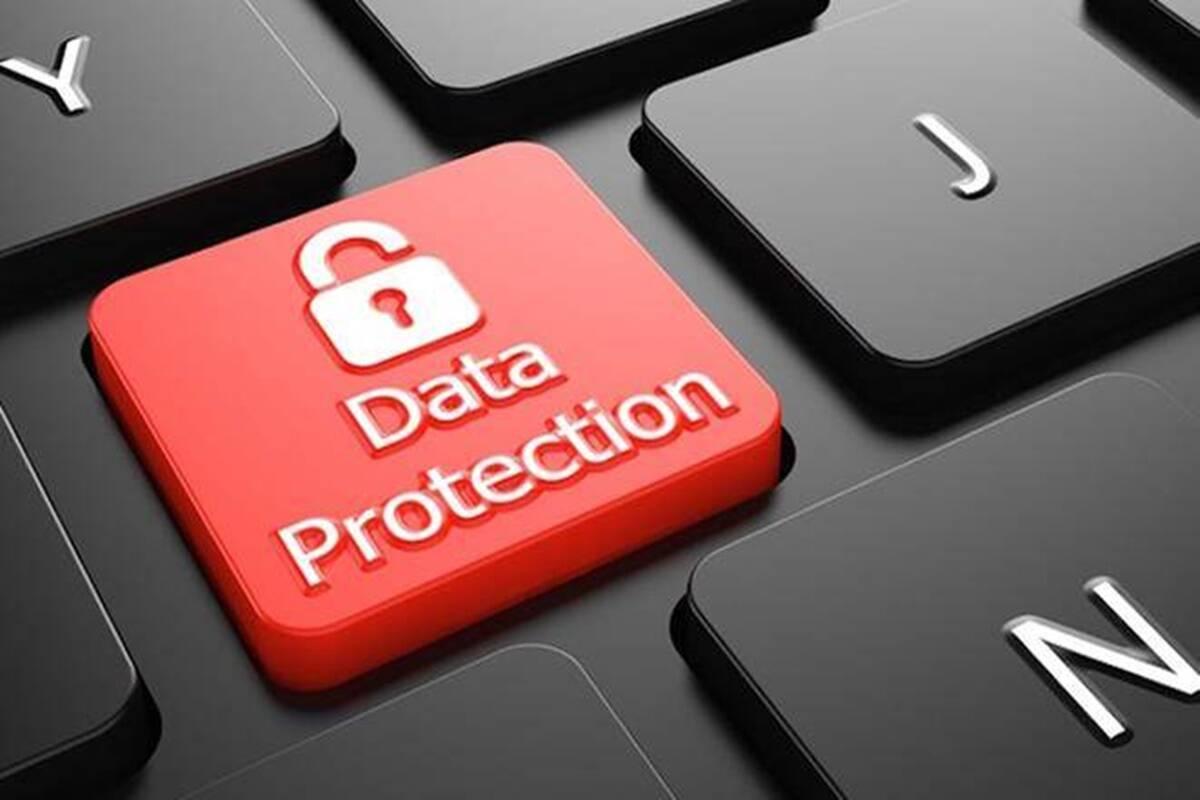The future of business continuity will be determined by what data is essential to business continuity, no matter whether businesses continue to work from home or even adopt hybrid models. A company's data protection policies, practices, and rules are all part of the data protection packages it must formulate and abide by to make sure that it takes extra precautions to safeguard its customers and its employees' data. Companies that store, use and collect customer data need to have a strong data protection strategy. Data protection should be a priority for companies that do business across borders or through the internet or those that sell goods and services to customers. It is the most efficient way to protect information.
What is data protection?
As we move forward, data protection serves dual purposes: protecting and securing data from being lost, stolen, compromised, or corrupted, while also making it readily accessible when needed. Managing data helps protect against malware and possible attacks while archiving, archiving, and backing it up. Data availability keeps multiple employees in touch regardless of the data’s status. Storage snapshots can act as important pointers that make it easier to retrieve data that has been backed up in advance of data loss. Mirroring is also a smart way to ensure that a data backup is performed well in advance of data loss.
What is the difference between data privacy and data protection
In contrast, data privacy identifies access levels, while data protection helps to safeguard assets from unauthorized access by applying specific policies, rules, and restrictions. While defining privacy policies can prevent unauthorized access, hackers may still get access if a hefty data protection strategy is in place, which can make it more difficult.
Take the example of buying the latest gadget on the internet. You enter your credit card information and then choose to save it for future purchases. Privacy defines who can access details shared by you, while data protection shall guarantee that your information will be safe from hackers and attackers. It is crucial to comprehend that data security requires both.
What technologies can be adopted for data protection
Data loss prevention tools: In this section, security professionals looking to protect personally identifiable information or IP are provided with a system of strategies and tools to help them do so.
Firewalls: The firewall is a type of network security device that utilizes pre-set commands to examine traffic to look for possible threats which can be blocked. This technology can pass on data to someone only authorized to access it.
Encryption: The method decrypts data so that it can only be read by trusted parties with a secret key. This method is especially helpful when data has been stolen or lost. It ensures that the secret key can only be acquired by trusted parties.
Tokenization:Using this method, sensitive data is transformed into small bits made up of unrelated values with similar lengths and formats, and then placed in a safe place. This method is useful for protecting financial information. Appsealing helps you with data protection policies and makes you aware of all the possible precautions and measures to protect your data.
Also read about:
Reasons for Using a Mobile Device Management Solution for Managing iOS Devices
What Are The Top 5 Tips That You Must Keep In Mind While Choosing an MBA Course
5 Must have Bike Accessories for Every Rider

